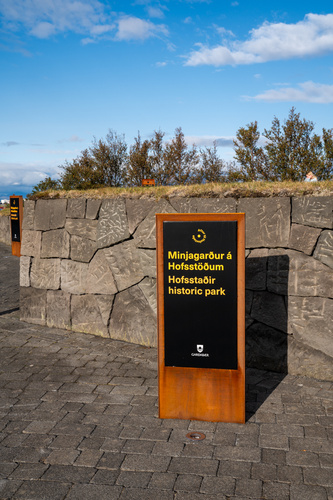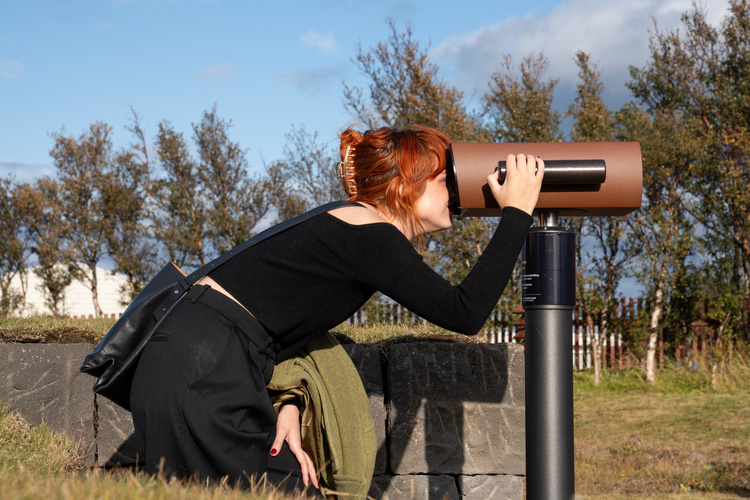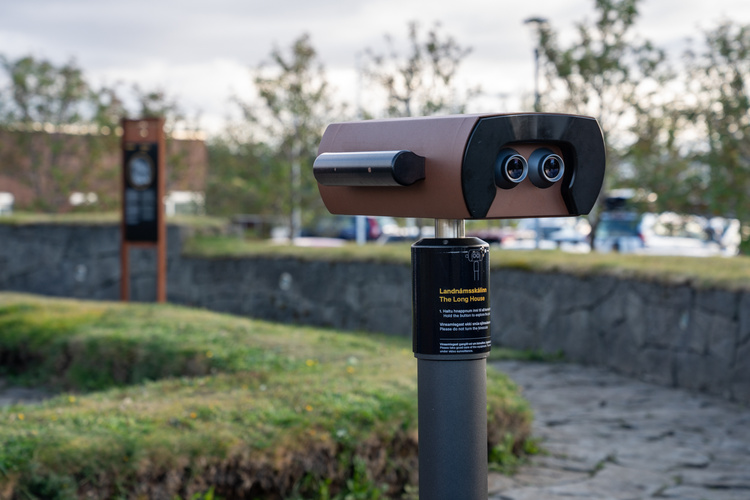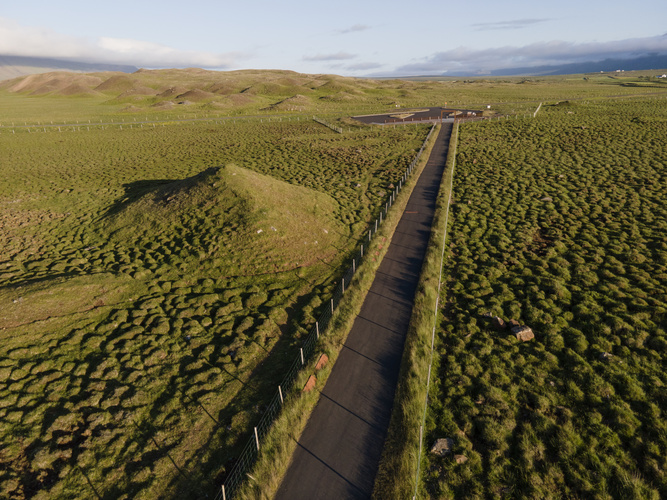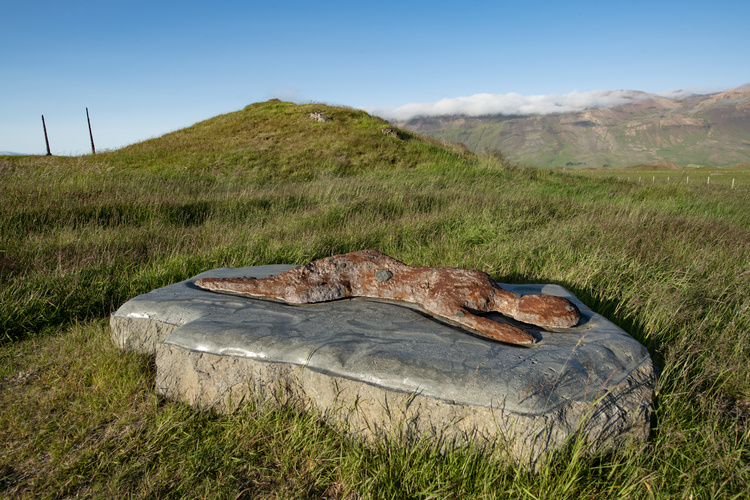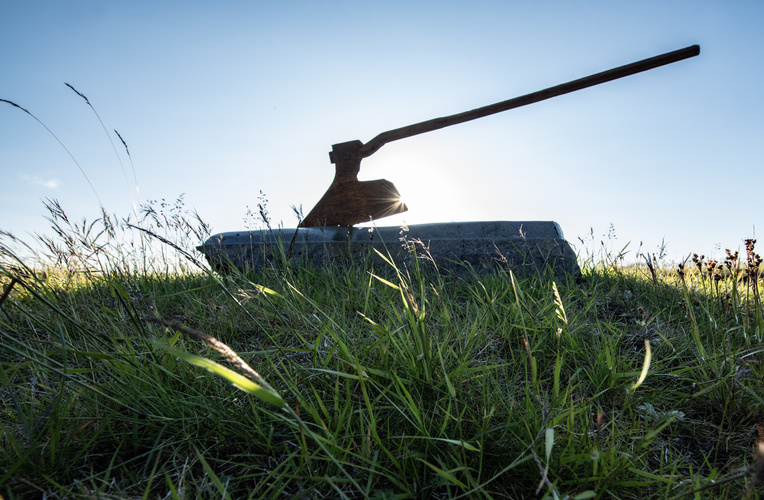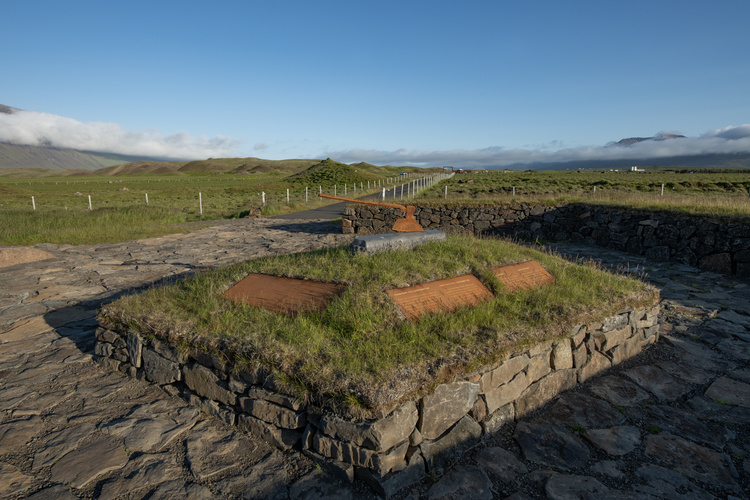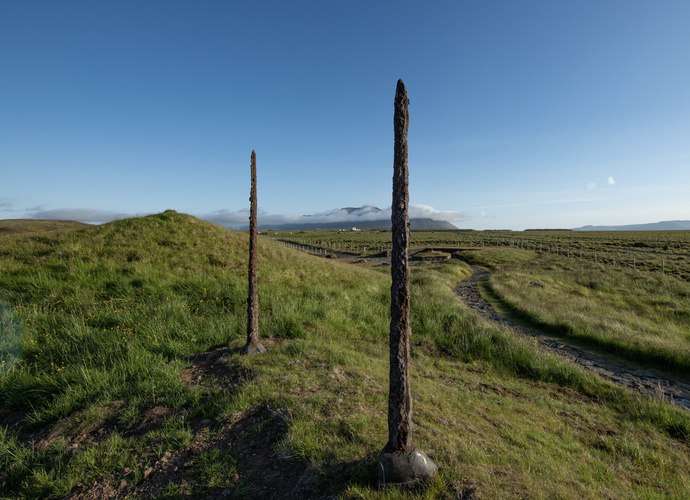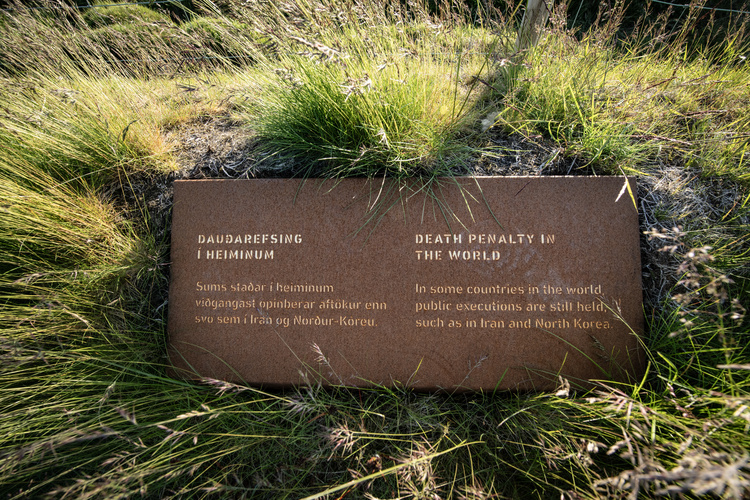How do you preserve a history when the physical evidence is gone? In Iceland, centuries of poverty, fragile building traditions, and the relentless power of nature have erased most visible traces of the past. The island has been inhabited for over a thousand years, yet its sagas often lack a stage, stories without structures.
This challenge has given rise to a new form of storytelling that we call “outdoor storytelling”, an approach that merges landscape, technology, and narrative to reimagine how people experience history. Instead of placing the past behind glass, we bring it to life where it happened, a museum without walls.
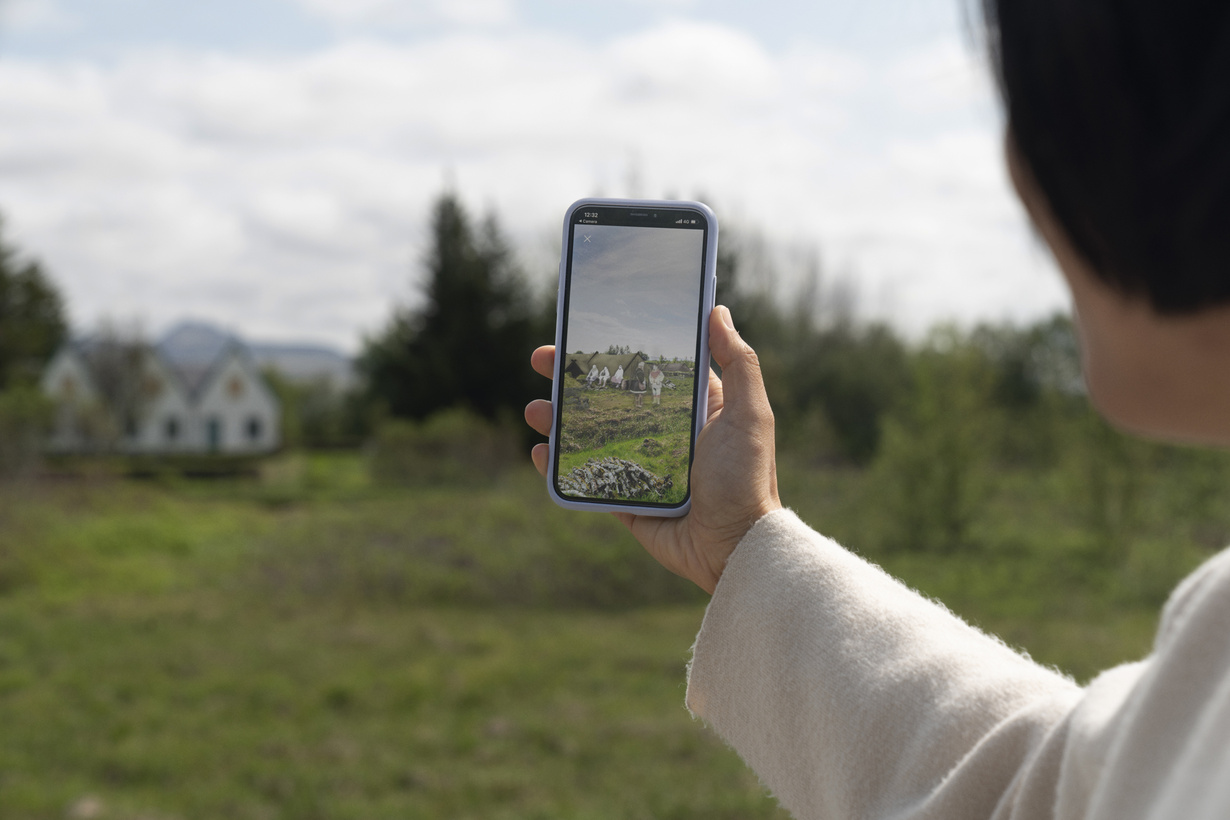
At Þingvellir National Park vsitors can scan QR codes to see how Iceland’s first parliament once appeared.
Technology reconnects us to the past
With few ruins to preserve, Iceland’s past must be rediscovered through imagination and innovation. At Þingvellir, the site of the world’s oldest parliament, we created a digital layer that allows visitors to see how the assembly grounds looked in the year 1000. By scanning QR codes placed around the site, people can view scenes from the past superimposed on the present landscape.
The result is surprisingly emotional: standing on the same ground as your ancestors while glimpsing the world they knew. For us, this is what makes design powerful: technology becomes a window through time. View project here.


Visitors can scan QR codes to see how Iceland’s first parliament once appeared.
Nature as Co-Designer
Most museums strive for control: lighting, humidity, temperature, and silence. In outdoor experiences, we adopt a different philosophy. The natural environment is our collaborator. The wind, rain, snow, sunlight, and even the shifting ground are integral parts of the story.
When we designed experiences for Hofsstaðir, an archaeological site in Garðabær, Iceland, where the remains of a Viking-age longhouse are preserved, we aimed to create a way for visitors to sense the human life that once filled the space. We designed digital viewers that allowed glimpses of what the settlement might have looked like, but we quickly learned that the biggest threat wasn’t rain or wind; it was the sun. The lenses inside the viewers focused the light like a magnifying glass, creating tiny burn points. The solution wasn’t a piece of complex technology; it was a set of simple sunshades, designed to move naturally with the environment.
This is what we love about outdoor storytelling: it forces us to listen to nature, and the unpredictability of nature keeps the experience alive and ever-changing: no two visits are ever the same.
Walking Through Stories
Some places ask us to slow down and listen. At Þrístapar, the site of Iceland’s last execution, visitors walk a path through the landscape where the tragedy unfolded in 1830. Along the route, a sequence of text, sound, and sculpture gradually reveals the story of Agnes Magnúsdóttir and Friðrik Sigurðsson, two young people condemned to death.
As you move forward, the story deepens. The landscape becomes part of the narrative, holding the memory of what happened there. The final lines from Burial Rites echo through the air:
I’m not ready, I think. I don’t think they can do it. Can you make them wait? They have to wait. Agnes
The Story Outlasts the Technology
Technology evolves quickly, but stories endure. That’s why we see technology as the vehicle, not the destination. At Gullfoss, we tell the story of Sigríður Tómasdóttir, Iceland’s first environmentalist, who fought to protect the waterfall from industrial development. Through mobile storytelling, actress Ebba Katrín Finnsdóttir brings her determination to life, giving voice to a woman who threatened to throw herself into the waterfall if the first shovelful for the power plant was taken.
Her courage still resonates with today’s visitors. The experience transforms a moment in history into a reflection on the choices we face now, about nature, progress, and what we value.
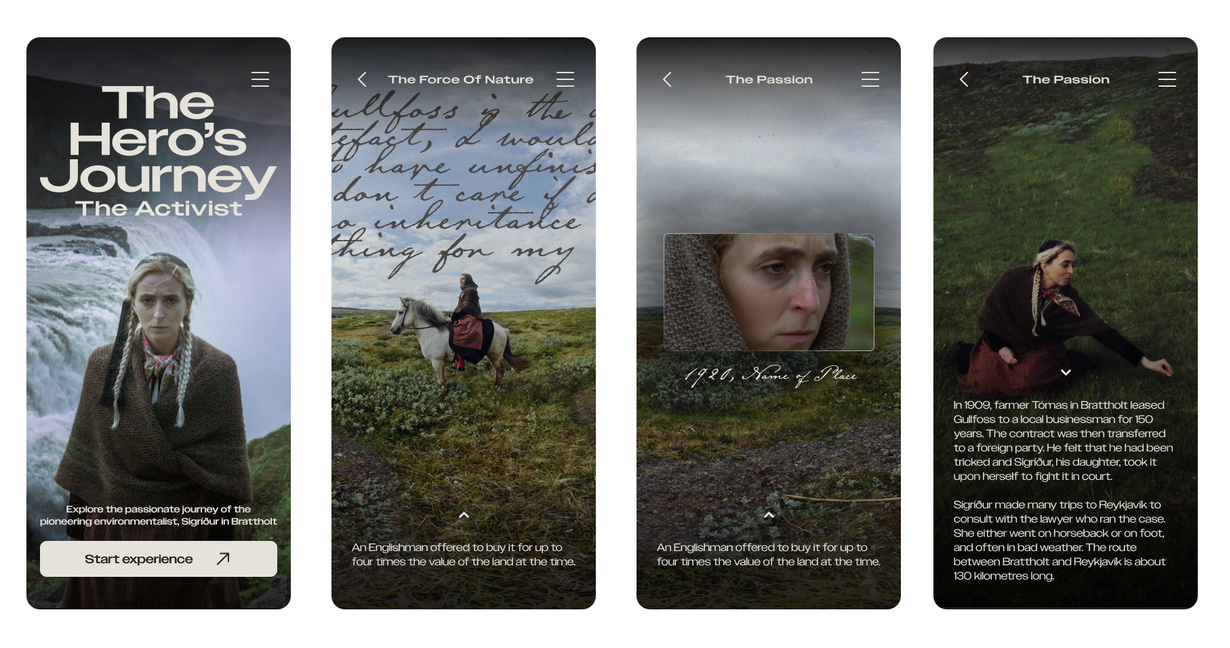
Actress Ebba Katrín Finnsdóttir portrays Sigríður Tómasdóttir, Iceland’s first environmentalist
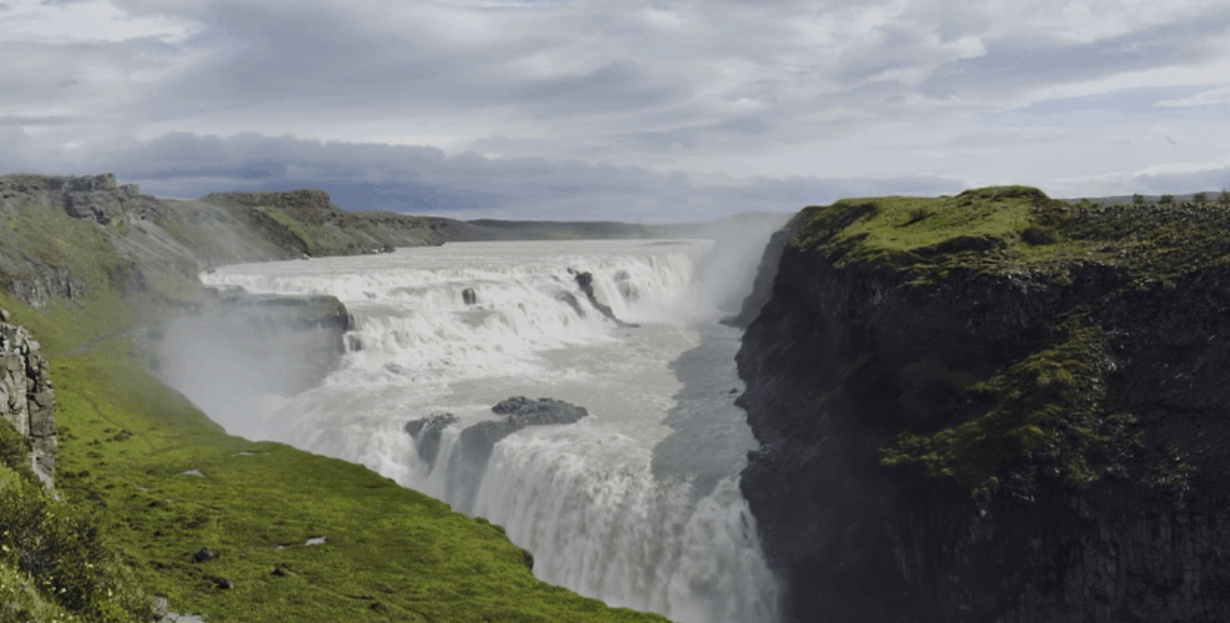
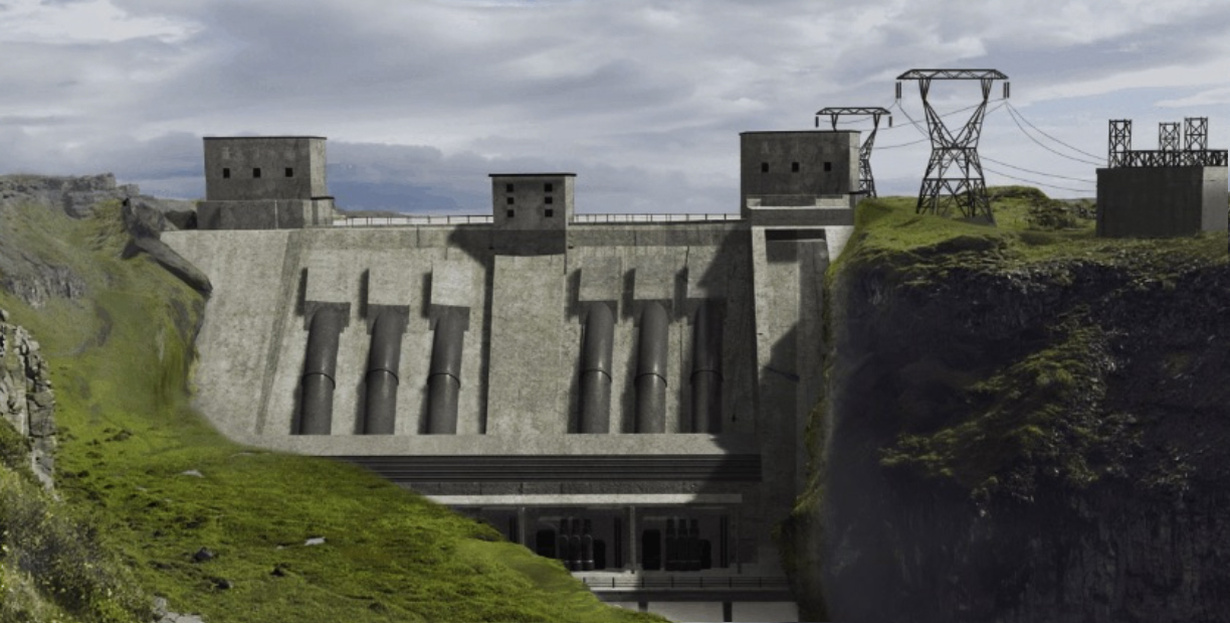
A dystopian view of Gullfoss "hydropower station" that guests can explore through their phone.
A dialogue between the story and the visitor
Outdoor storytelling breaks down walls. It is open and accessible to everyone, a traveler passing through, a family on a day trip, or students on a field excursion. It meets people where they are, without formal barriers. In many cases, visitors can even take the story with them, home, or onward on their journey.
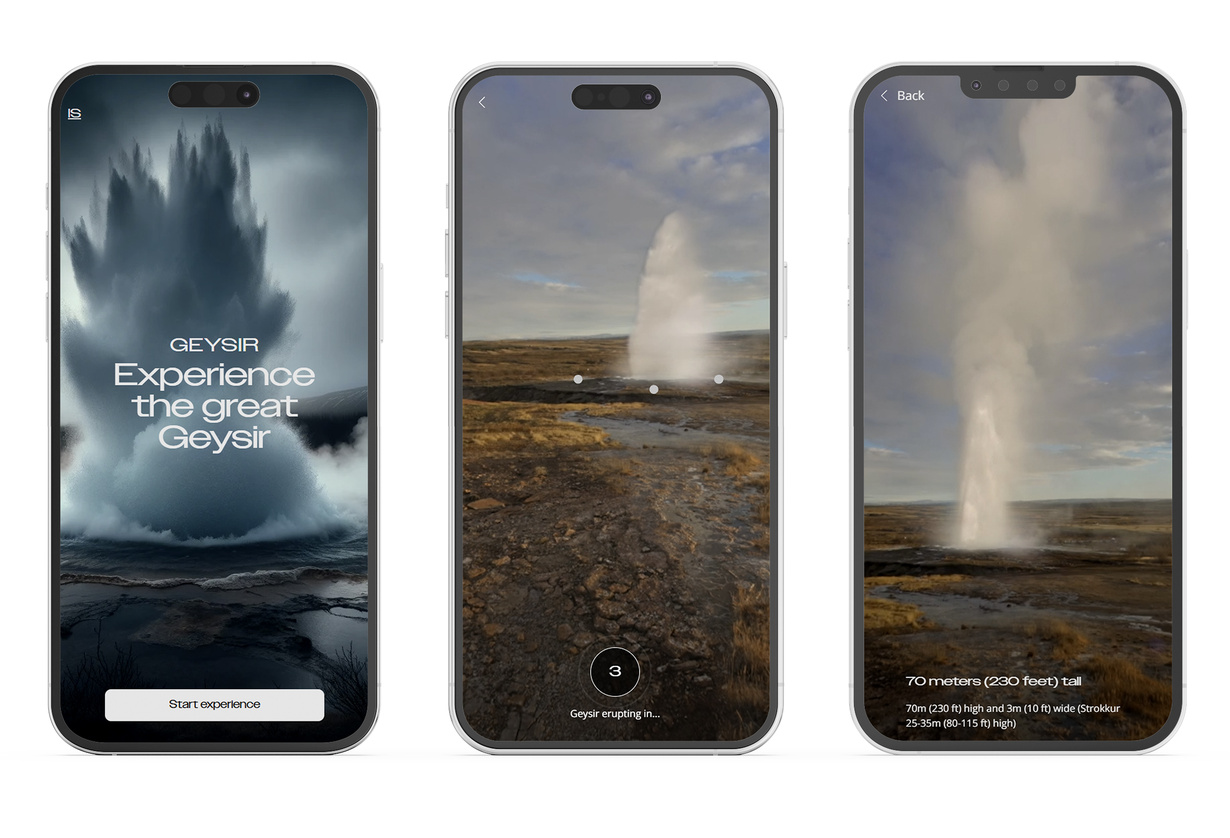
With the help of virtual reality in the Geysir area, visitors can see Geysir erupt again (Opens 2026)
Perhaps that is the essence of outdoor storytelling. It’s not about maintaining perfect control over the environment, as in a traditional exhibition space, but about creating a dynamic arena for a dialogue between the story and the person experiencing it. Here, the weather, the landscape, the seasons, and the surrounding environment all become inseparable parts of the experience.
What forgotten stories in your own landscape are waiting to be told? We’d love to explore them with you, contact us at gagarin@gagarin.is or +354 510 9300 and let´s talk.
